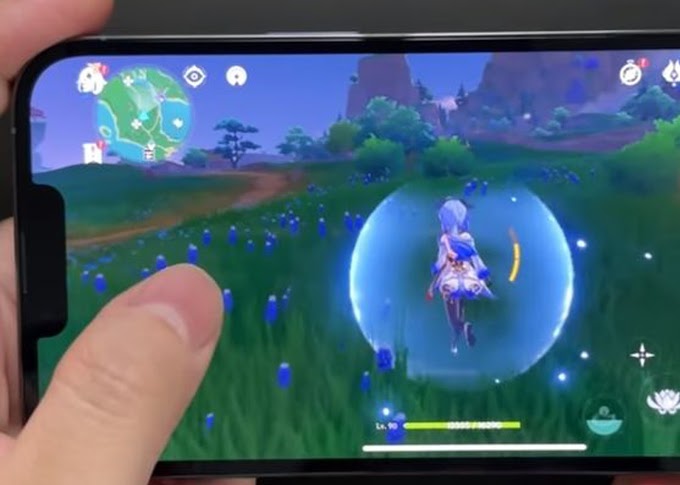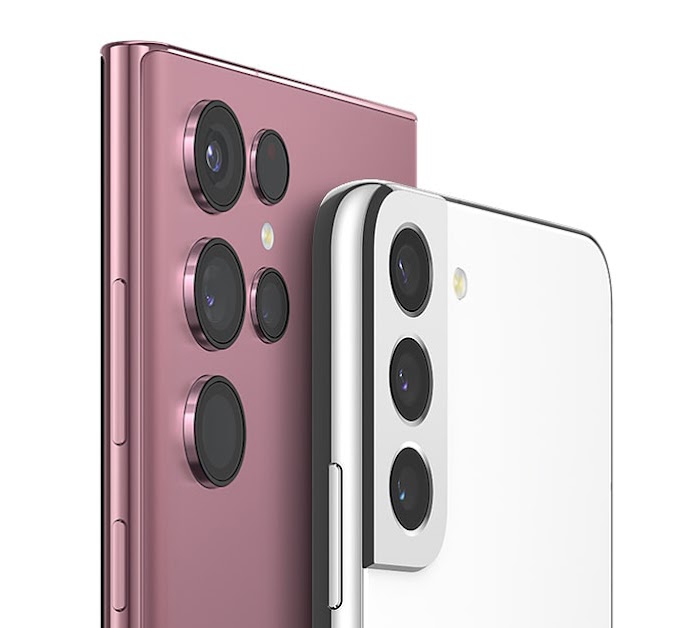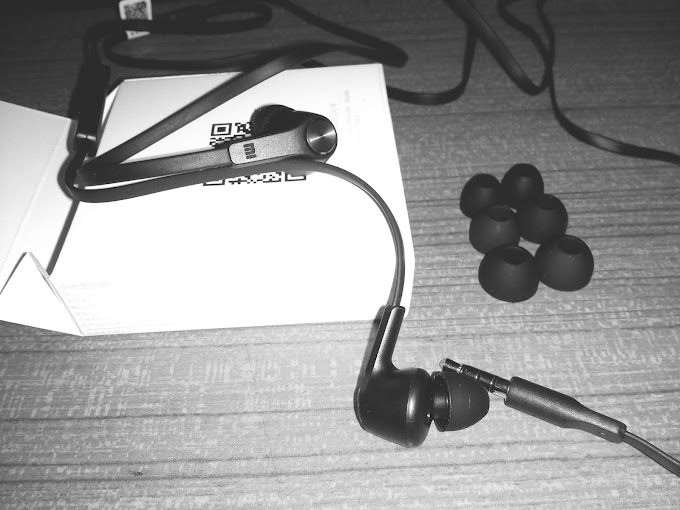Xiaomi has officially launched Mi 11, where this smartphone is the first to use Qualcomm's Snapdragon 888 Flagship SoC. Of course, there are many questions about this smartphone, and what we will discuss at the beginning is about testing the temperature of the device, Does Mi 11 have an overheating temperature or not?
What is Over Heat
Before we discuss further about temperature testing on Mi 11 devices, it is better if we first explain a few things including what Over Heat is.
Over Heat on a smartphone is a condition where the temperature is too high until the smartphone stops functioning. Usually there will be writing stating the temperature is too high, or the smartphone will hang, stop.
We need to know the difference between the processor or SoC temperature and the surface temperature. The processor temperature in a working Smartphone will generally not be the same as the surface temperature of a smartphone.
A typical processor temperature will last up to 80 to 100 degrees Celsius. Meanwhile, the surface temperature will generally start to feel hot above 40 C and will feel very hot above 48 C.
The difference in processor temperature and surface temperature is a natural thing, because in designing a smartphone it is impossible for processor heat to be dissipated too quickly to the surface. Because, the temperature of 60 ° C on the processor alone, is still very safe, even though it won't feel comfortable in the hand.
In addition, we need to distinguish the conditions between benchmarks and real-world applications. Benchmarks aim to show potential for performance.
To find out the actual performance, we have to look at the performance of the application or game.
Mi 11 specifications
For the temperature testing device this time, Mi 11, it has the following specifications:
- SoC: Snapdragon 888
- RAM: 8 GB LPDDR5
- Storage: 256 GB
- Battery: 4600 mAh
- Cooling System: Liquid Cooling
- Charging: GaN 55 Watt (available in the sales package for the Some Country market)
- OS: Android 11, MIUI 12 (V12.0.3.0.RKBEUXM)
Performance Testing
At the time of testing, the ambient temperature conditions were at 25 ° C using air conditioning in the room. However, this is still in normal cold conditions, where users are still comfortable in the room without having to use a jacket or other heater. However, we also tried some tests with the AC turned off.
We use several benchmark applications that we usually use to see the performance of the device. In addition, there are also some that are used for stress tests, namely to see consistency and prove the overheating issue, using GFXBench, 3D Mark, and CPU Throttling Test.
Stress Test
Stress Test is designed to force smartphones to work in the most extreme conditions possible. Stress Test will force the smartphone to run all high level off screen tests.
In this application, there are two stress tests, namely the off screen and on screen tests. The off screen test will force the GPU to work in maximum conditions continuously.
As for the on screen test, it is possible that the GPU will work in conditions that are not optimal, because graphics loading can be in light conditions and depends on the screen resolution or refresh rate.
For non-AC room conditions, the smartphone overheats even though the resulting score drops even more at the end of the test.
Out of curiosity, we tried to run an additional 1x test for a non-AC room. And here finally the new smartphone overheats and doesn't pass the stress test.
From the overall stress test, we can conclude where the smartphone overheating occurs. However, this is of course still limited to synthetic testing. We are still curious and continue to test gaming, of course, with a tough setup.
Gaming Performance
Without using a cooler, the throttling mechanism activates in about 12 minutes. This makes performance drop to around 20 FPS, then when it starts to cool down, performance goes up again. When it gets hot again, performance drops again and so on for up to 30 minutes.
We also tried to use a cooler, like a gaming smartphone that provides special fan accessories for playing games. And it is proven, when using a cooler, smartphone performance becomes more stable. Throtlling still occurs but performance only drops to around 40 FPS.
Yes! By using a cooler, this smartphone can also have performance like a gaming smartphone which is also equipped with a cooling fan accessory. There is no overheating in any setting, even though we are running Genshin Impact, the game with the highest load at the moment.
Conclusion
We see that the problem of displaying an overheat warning on benchmarks is something that Xiaomi can fix with a firmware update via OTA. So, we really hope that Xiaomi brings this update to just bring a more certain sense of security.
However, we don't feel that the Mi11 deserves to be called a smartphone that is easy to overheat, because we don't use benchmarks in everyday life, right?
As for the accusation that the smartphone is hot, looking at the current technology and its performance that already resembles the performance of a special gaming smartphone, it seems that the M11 is quite reasonable. Because, in real-world applications and games, Mi11 is not a problem, even for heavy testing.
From the overall temperature testing on the Mi 11 device, we take a few concluding notes as follows:
- Overheating only occurs in the benchmark stress test, which does not reflect daily use.
- It can be seen that the spread of the temperature is somewhat less spread, the hottest area is in the camera area, but in other areas it is a normal temperature, below 45 °.
- From the whole test, it appears that Mi 11 seems to be able to detect the benchmark app., So when running benchmarks, performance will be maximized continuously. performance on the gas continues.
- When playing the game Genshin Impact, you can see that the throttling mechanism works to maintain the temperature of the device.
- For daily use we don't feel there is a problem
- For real world gaming performance, this smartphone can have the same performance as a gaming smartphone. But it also requires cooling fan accessories such as gaming smartphones in general. To maintain temperature stability.
Related Post











